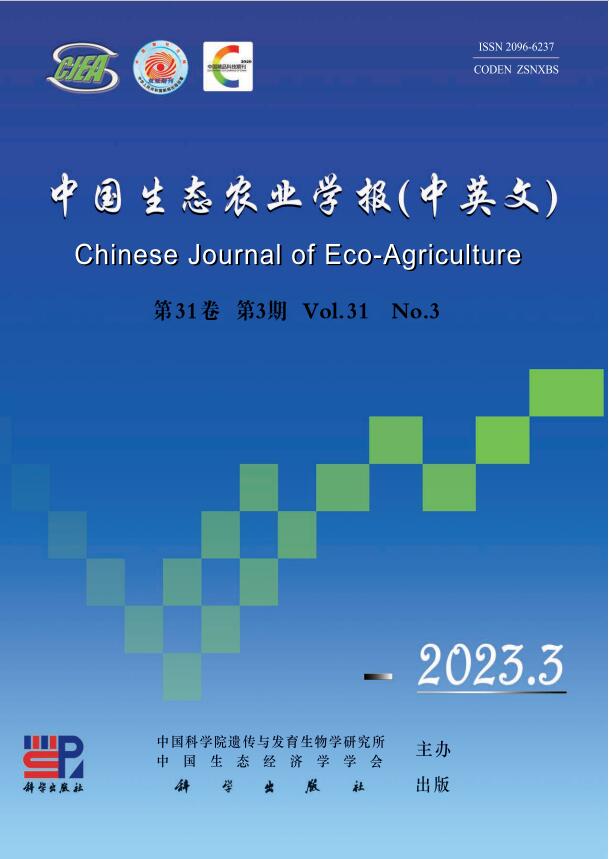Abstract:
Photosynthetic characteristics of south-facing single full-leaf in one-year branch of Platanus acerifolia L. with branch and stem pruning (BSP) or under natural conditions (NG) were determined using Li-6400 portable photo-meter. The results show that diurnal variations in net photosynthetic rate (Pn) of P. acerifolia single full-leaf under BSP and NG follows a di-peak curve. The first peak appears at 11:00, the second at 15:00, while the minimum peak occurs at 13:00 (when light intensity is highest). This indicates a remarkable midday depression. The leaves under both conditions suffer from photo-inhibition. Pn [μmol(CO2)·m-2·s-1] of the first peak, second peak and the minimum peak of P. acerifolia leaf under BSP are 12.16, 9.21 and 6.47, which are respectively 27.06%, 69.93% and 159.84% higher than those under NG. This implies that BSP improves photosynthesis, while at the same time reduces photo-inhibition. Best-fit response curves for Pn to photosynthetic photon flux density (PPFD) in P. acerifolia leaf under BSP and NG are expressed as Pn = 12.30 (1-1.135 3 e-0.030 2PPFDD/12.30) (R2=0.989 1**) and Pn = 10.92 (1-1.130 7e-0.030 5PPFD/10.92) (R2=0.984 9**) respectively. The values of max Pn (Pmax), light compensate point, light saturation point and PPFD range of P. acerifolia leaf under BSP are 12.30 μmol(CO2)·m-2·s-1, 51.67 μmol·m-2·s-1, 1 927.32 μmol·m-2·s-1 and 1 875.65 μmol·m-2·s-1 respectively; which are 12.64%, 17.33%, 13.85% and 13.76% higher than those under NG, respectively. This suggests that BSP treatment could increase utilization of light energy in P. acerifolia. The best-fit response curves for Pn to CO2 concentration (Ci) of P. acerifolia leaf under BSP and NG are expressed as Pn=11.96(1-1.471 6e-0.028 7Ci/11.96) (R2=0.982 4**), Pn=10.70 (1-1.465 7e-0.029 2Ci/10.70) (R2 = 0.981 0**), respectively. Pmax, CO2 compensate point and CO2 saturation poing and Ci range under BSP are respectively 11.96 μmol(CO2)·m-2·s-1, 67.54 μmol·mol-1, 872.02 μmol·mol-1, and 804.48 μmol·mol-1; which are 11.78%, -27.44%, 0.39% and 3.73% higher than those under NG, respectively. This indicates that BSP treatment increases CO2 assimilation ability of P. acerifolia under low CO2 concentration condition.










